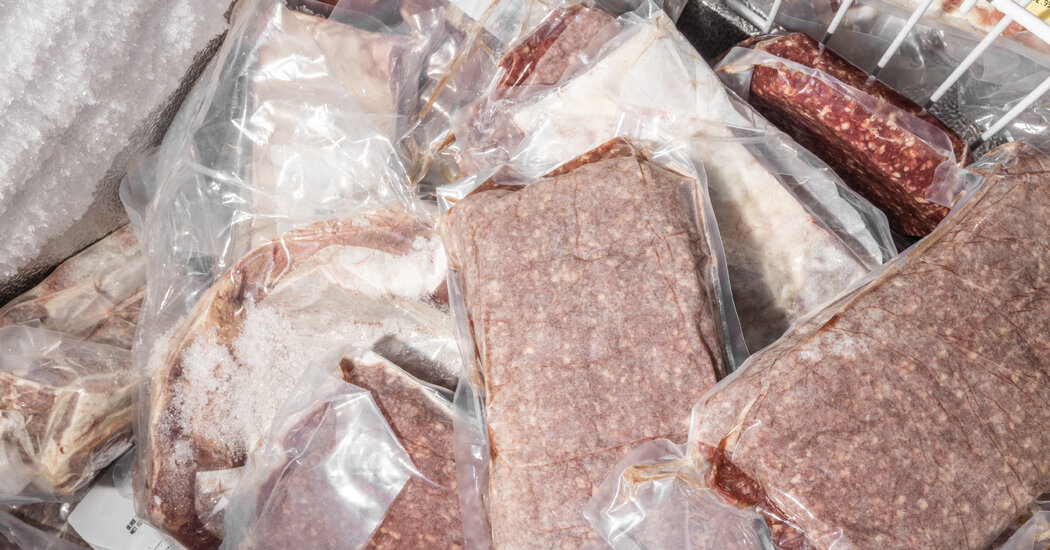There’s a growing understanding of the health threats of PFAS chemicals in what we eat and drink.
They’re called “forever chemicals” because they basically never break down. They’re linked to ailments including liver disease, certain types of cancers and delayed development in children.
It’s now becoming apparent that these synthetic chemicals, collectively known by the acronym PFAS, have also been unwittingly spread on American farmland for years through the use of sewage sludge as fertilizer. That sludge can have high concentrations of such chemicals.
The most common way that people are exposed is likely by eating contaminated food or water, according to the federal government.
What does this mean for personal health? Here’s what we know and don’t know.
How widespread are PFAS in food?
It’s unclear the extent to which PFAS are reaching the food we consume, whether from sludge-treated farmland or from other sources. PFAS have been widely used for years in things like nonstick cookware, food containers and countless other products.
The U.S. Food and Drug Administration does not set limits on PFAS levels in food. But, responding to rising public concerns, the agency has tested nearly 1,300 samples for PFAS and has found the vast majority, 97 percent, free of the types of PFAS that the agency is currently able to test for.
That’s the good news.
Still, some public-health advocacy groups have questioned the F.D.A.’s methodology, and the agency itself warns that “PFAS exposure from food is an emerging area of science and there remains much we do not yet know.” This year, Consumer Reports said it had detected PFAS in some milk, including in brands marketed as organic, and researchers have found the chemicals in products as varied as eggs, fruit juice and seafood.
